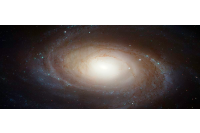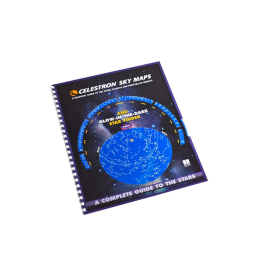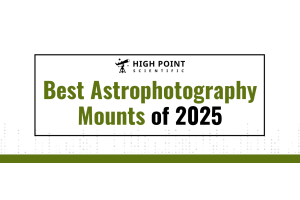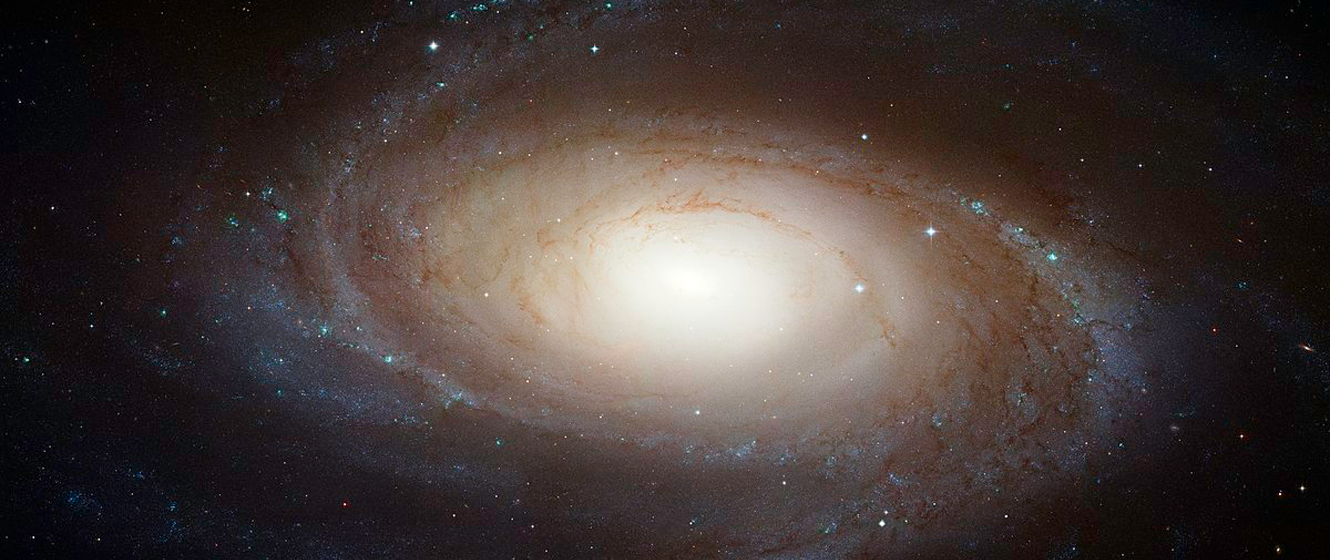
In this episode of What's in the Sky this Month, Teagan reviews some of the beautiful celestial objects you can see in the month of March, 2022!
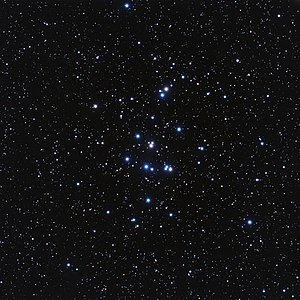
Image source: Stuart Heggie
M44 - The Beehive Cluster
- Type: Open Cluster
- Constellation: Cancer
- Distance: 610 light-years
- Magnitude: 3.4
- Apparent Diameter: 70’
There are a few clusters in the sky that, as amateur astronomers, we learn to identify very early on. Messier 44, aka the Beehive Cluster, is one of them. Located roughly midway between Castor and Pollux in Gemini and Regulus in Leo, this night sky sight can be glimpsed with the naked eye under dark skies and, like the Pleiades, has been known since antiquity.
Also like the Pleiades, this is one large cluster that may be best observed through binoculars, rather than a telescope. Even 8x32 binoculars will show an elongated diamond shape with a close double on the northern tip. Taking a look with 10x50s will nicely enhance the cluster, with a multitude of stars becoming visible across about half the field of view.
OUR NEAREST NEIGHBORS
With Neptune and Jupiter lost within the Sun’s glare and the remaining naked-eye planets visible in the morning sky, it’s a bleak month for evening observers. Only Uranus is visible before midnight and it’s already sinking in the west once the sky turns dark. Watch for a waxing crescent Moon within the same binocular field of view on the 6th. First over the predawn horizon are Venus and Mars. These two worlds rise a few hours before the Sun and will be closest together on the 16th when about four degrees will separate them. Saturn becomes visible at the start of the month and edges into the same binocular field of view as Venus on the 23rd. Be sure to rise early on the 28th to see the waning crescent Moon below the predawn planetary trio and watch as Venus passes slightly more than two degrees north of Saturn the following day. Mercury can be found just 42 arcseconds to the lower right of Saturn on the 2nd but while Saturn improves its visibility, Mercury soon fades from view. The Moon turns new on the 2nd and is then full on the 18th.
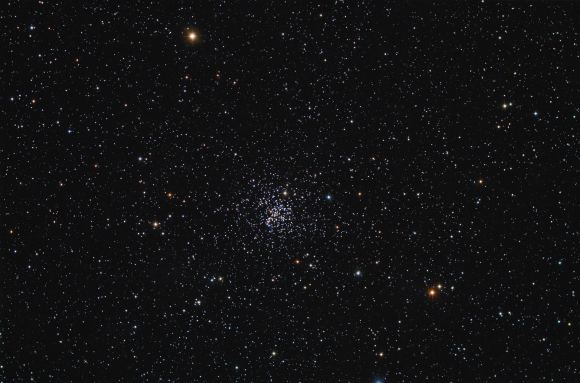
Image credit: Greg Parker/NASA
M67
This compact cluster may be glimpsed with binoculars and consists of faint, blue-white stars with an orange star on its northeastern edge. You’ll find it just to the west of the star Acubens in Cancer.
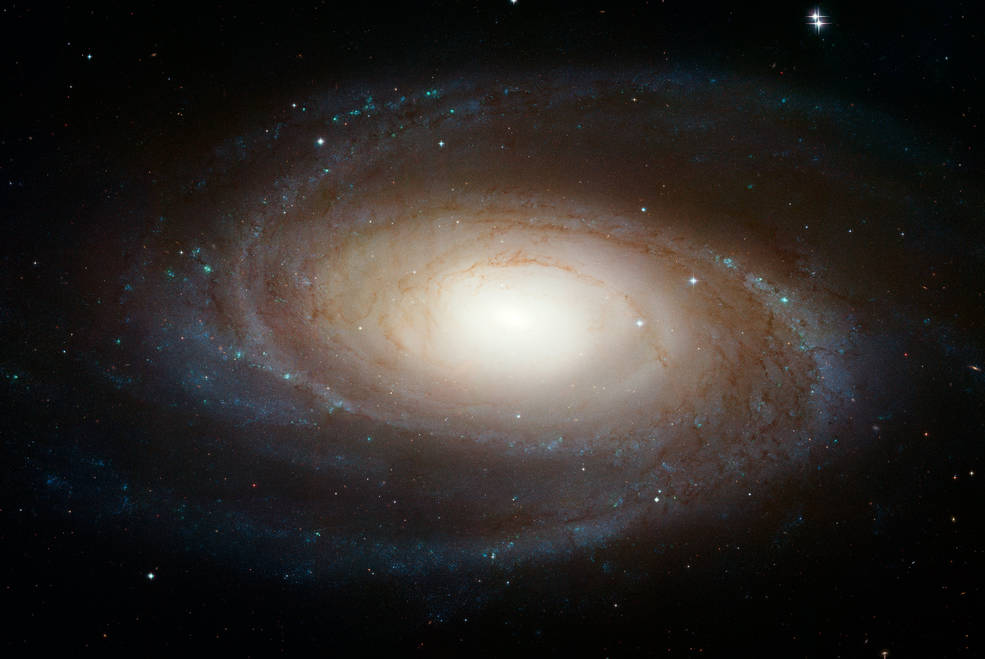
Image credit: NASA
M81 & M82
A highlight of the spring sky, this pair of galaxies in Ursa Major can be seen within the same low-powered field of view and is a favorite of astrophotographers. Of the two, M81 is brighter and larger, but M82’s light is more condensed, making it easier to see.
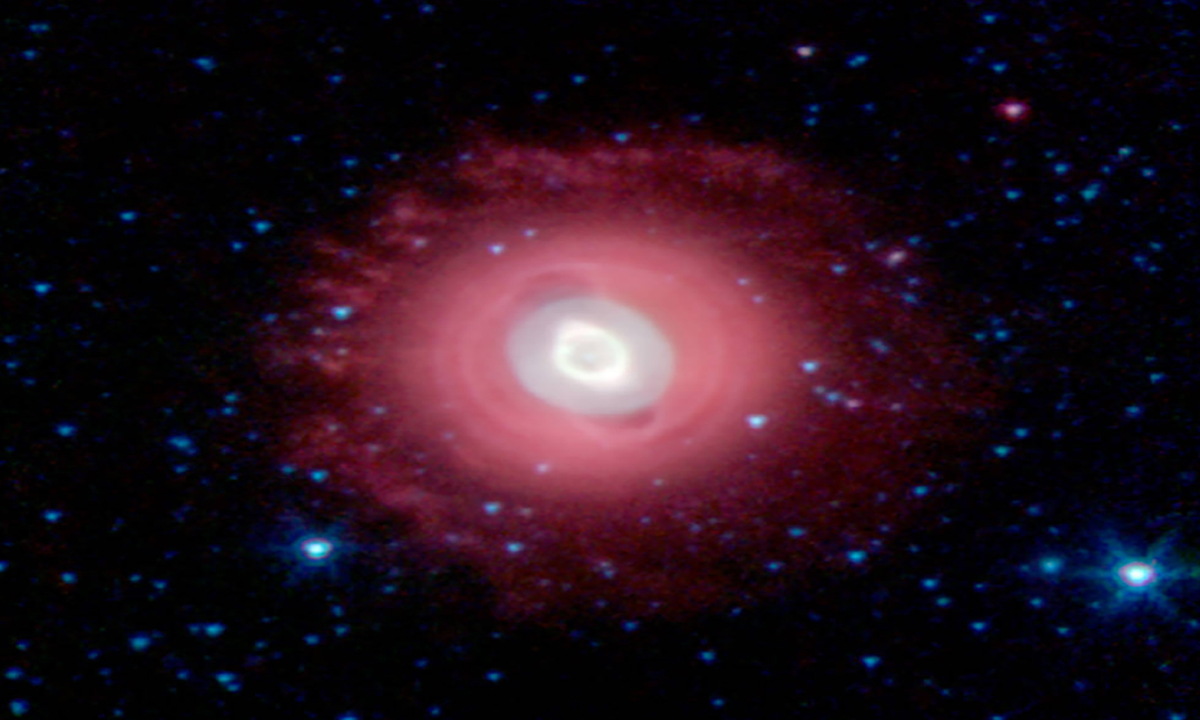
Image credit: NASA
NGC 3242 - The Ghost of Jupiter
This bright planetary nebula in Hydra appears about the same size as Jupiter through a telescope (hence its name) but has a blue-green oval shape. Mid-sized scopes will reveal the magnitude 13 central star.
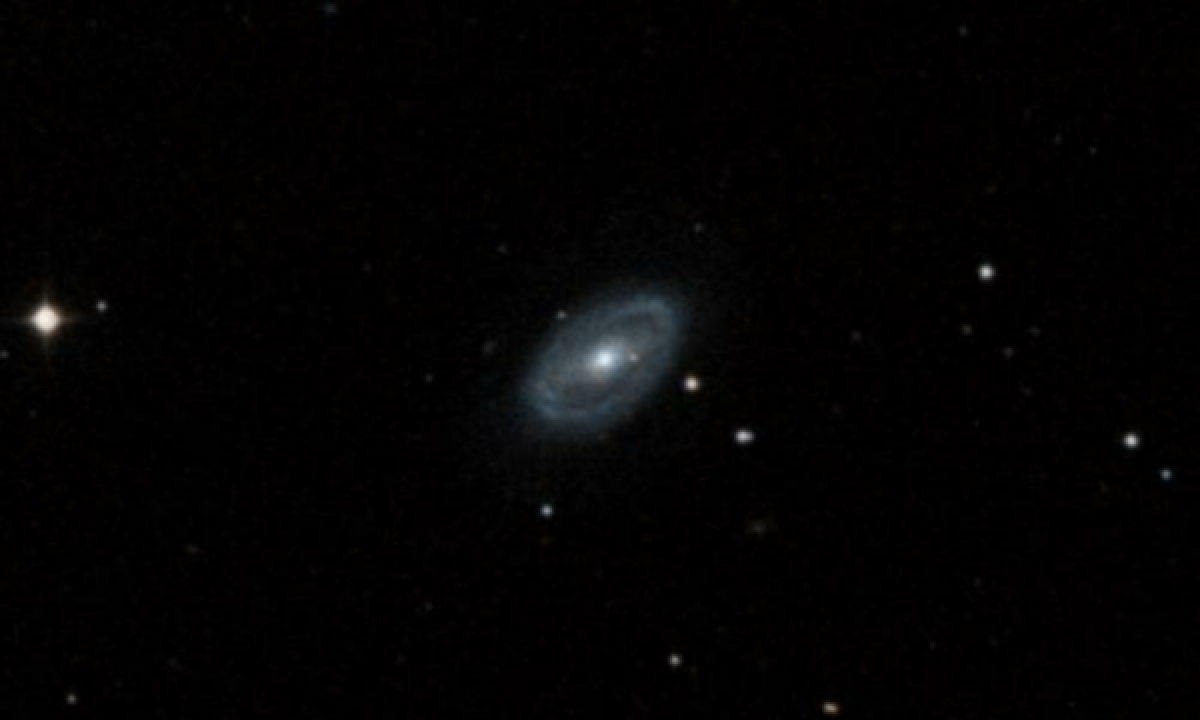
Image credit: NASA
Gamma Leonis - Algieba
This naked-eye star forms part of the “sickle” of Leo, with binoculars revealing a nearby companion. However, a telescope will split the star into two equally bright, golden components.
STELLAR CONCEPTS
Appulse: Chances are, you won’t hear this term much anymore, and that’s partly because the word conjunction has tended to replace it. Perhaps this isn’t too surprising, as they both have very similar meanings. So what’s the difference? A conjunction occurs when two celestial bodies have the same right ascension or ecliptic longitude, whereas an appulse is when those two bodies appear at their closest in the sky. For example, Venus and Mars share the same right ascension on March 11th (and are therefore at conjunction) with 4.0 degrees between them, but the appulse doesn’t occur until the 16th when the gap has closed slightly to 3.9 degrees.
This Article was Last Updated on 05/21/2024





